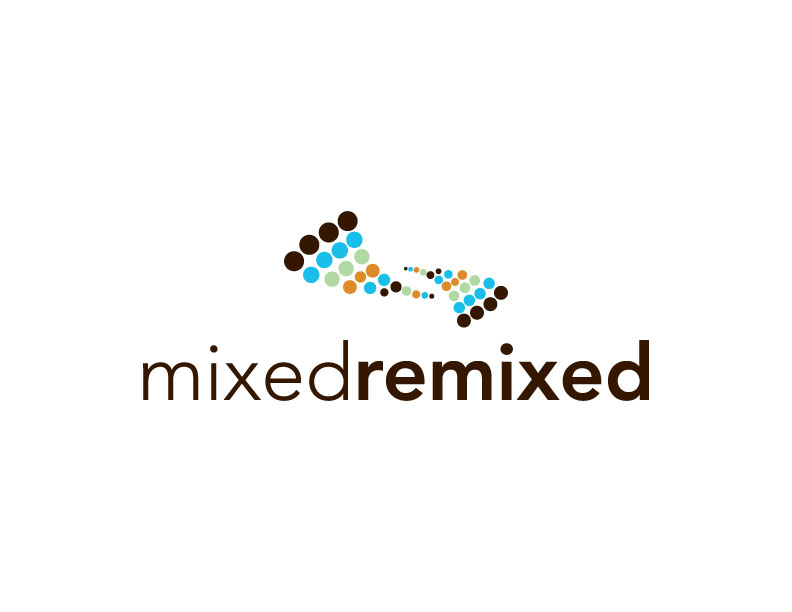Identity issues
Harvard Gazette
2011-01-28
Stephanie Schorow, Harvard Correspondent
‘Black in Latin America’ examines perceptions of race
There were laughs of recognition as Silvio Torres-Saillant, professor of English and humanities at Syracuse University, told a story that underscored a major point of the “Black in Latin America” conference, which kicked off on Jan. 27 at Harvard.
Torres-Saillant, a former director of the Syracuse Latino-Latin American Studies Program, described being approached about joining a black campus caucus some years ago. A representative asked the carefully considered question: “Do you consider yourself more Hispanic or more black?”
His bemused silence may have been seen as an answer by the representative, but it reveals the false dichotomy that, for far too long, has been applied to the study of people of African descent who hail from South, Central, or North America and the Caribbean.
In what many participants called a “historic moment,” scholars from around the world gathered for three days at Harvard to explore issues of race, racial identity, and racism in countries as diverse as Haiti, Brazil, Mexico, and Peru. Of the estimated 12.5 million Africans shipped to the New World during the Middle Passage of the slave trade, the vast majority were taken to the Caribbean and Latin America.
“This is not just about Africa; this is not just about Latin America; this is how it all comes together,” said Caroline Elkins, Harvard history professor…
…In the first session of the conference, which focused on racial identity in the Dominican Republic, anthropologist Juan Rodriguez examined how Dominicans emphasize their European ancestry and distinguish themselves from Haitians who are perceived as the darker “other” or even as “foreigners,” even though the two countries share the same land mass.
Yet, Rodriguez said, examination of DNA from maternal lines of Dominicans finds that 85 percent have African ancestors, 9.4 Indian, and less than .08 European. DNA from paternal lines found 58 percent from European ancestors, 36 from African, and 1 percent Indian, he said. This emphasizes the abusive role played by the European male in relation to enslaved native and African women, he said.
In his humorous, yet poignant, remarks, Rodriguez discussed the use of race on Dominican national identification cards, rattling off some of the 12 classifications of skin color from the early 1970s, including white, black, ashen, discolored, so pale as to appear sick, light with freckles or moles, and purple. He also cited the 15 kinds of hair texture that ranged on a spectrum from “bueno” (good) for straight hair to “malo” (bad) for kinky hair.
Frank Moya Pons, a professor of Latin America and a former minister in the Dominican government, discussed his research into census data that reveals just how reluctant Dominicans have been over the decades to call themselves “mulatto,” preferring to identify themselves as Indians or the native people of the region. “We are in the presence of a mulatto population that calls itself Indian, which gives us much food for thought,” he said…
Read the entire article here.
